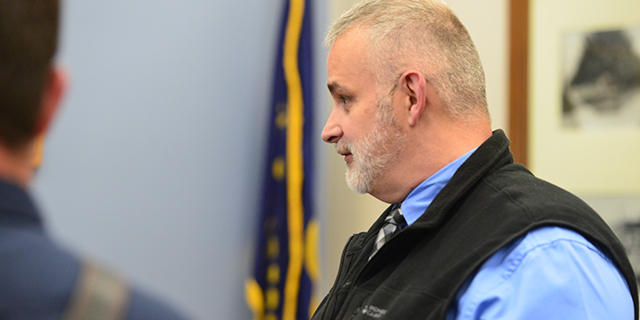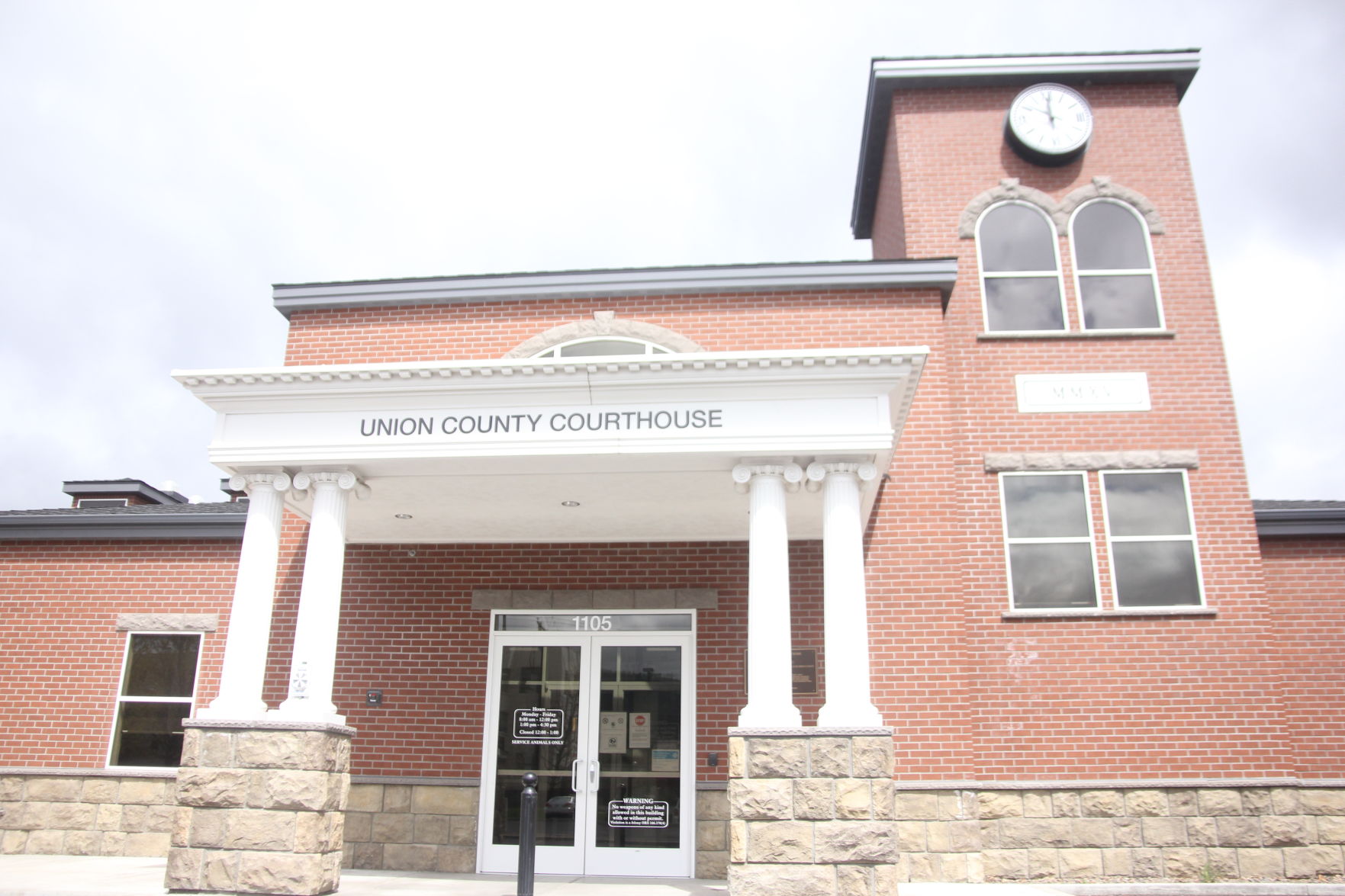Volunteer fire departments in rural Oregon seek new recruits to protect communities
Published 4:00 am Thursday, April 29, 2021
MALHEUR COUNTY — Small, secluded cities in rural counties such as Malheur depend on volunteer firefighters more than urban areas do, and local volunteers are often the first to arrive on the scene of an emergency. In some areas, rural departments provide the only immediate medical care.
Trending
A 2020 National Fire Protection Association report showed that while the number of volunteer firefighters fluctuated since the mid-1980s, overall there is a downward trend in part-time emergency fire enlistments across the nation.
“We are always looking for firefighters,” said Jess Tolman, chief of Vale Fire & Ambulance.
In Nyssa and Vale there is no recruiting station to bring in new volunteers. Instead, the departments depend on advertising, social media posts and word-of-mouth to get new people into the ranks.
Trending
Often, men and women will join a local volunteer fire department because family members are already part of the organization.
Tolman said he joined the Vale volunteer department after a friend “talked me into joining.”
“It has been a fun volunteer job and I enjoy the service it provides and the brotherhood of the fire service,” he said.
Tolman moved into the full-time fire chief slot about a year ago when Todd Hesse left to take a similar position in Rockaway Beach.
“The training you will receive with emergency services or fire, it will apply to your personal life. You will be able to provide safety and protection to your family against any kind of fire situation or medical situation,” said Tolman.
The shortage is firefighters is more acute as calls for service increase.
“I foresee the bigger Vale gets, the more calls we will have,” Tolman noted.
Tolman said his volunteer firefighters are paid Oregon minimum wage when they respond to a fire, and they are required by law to train 60 hours a year.
Tolman said the ambulance crews also are volunteer.
He said once a person joins the volunteer fire ranks, they must attend four trainings where they learn “how to get hoses off engines and get them used to spray and water through the hoses. All of our procedures and SOP and stuff. … Once that happens we give them gear, then we have our actual online training course they go through and once they achieve that they can go out on calls.”
Tolman said the volunteer department meets every other Tuesday for two hours.
“So, four hours a month we do training for fire,” he said.
Tolman said the department also sponsors specialized training on some Saturdays.
For Nyssa Fire Department Chief Eric Menchaca, low numbers are troubling.
“It does concern me. The more we can have on the department the more our chances of having a bigger turnout increases,” he said.
Menchaca said he uses social media such as Facebook and Instagram to seek new recruits.
“I also have a banner I hang up at the school fence,” said Menchaca.
Terry Leighton, Ontario Fire and Rescue chief, said his agency’s long-standing junior firefighter program made the hunt for volunteers easier.
“That has helped us a lot. We are blessed and have not had the trouble like some other places have,” he said.
Youth 16 or older can join the junior program, said Leighton. Usually the youth who volunteer are already connected to the fire department through family members who currently serve.
He said his firefighter roster includes 34 people. Eight of those, he said, are full time and 26 are part time.
Leighton said the drought in volunteers is a “national thing.”
“We are so busy nowadays. We have other priorities and you don’t have as much community commitment. People also work a long distance from their homes now,” he said.
Volunteering to be a firefighter is a rewarding experience, said Tolman, who called it “an extremely great volunteer job, one where you get to help serve your community.”









